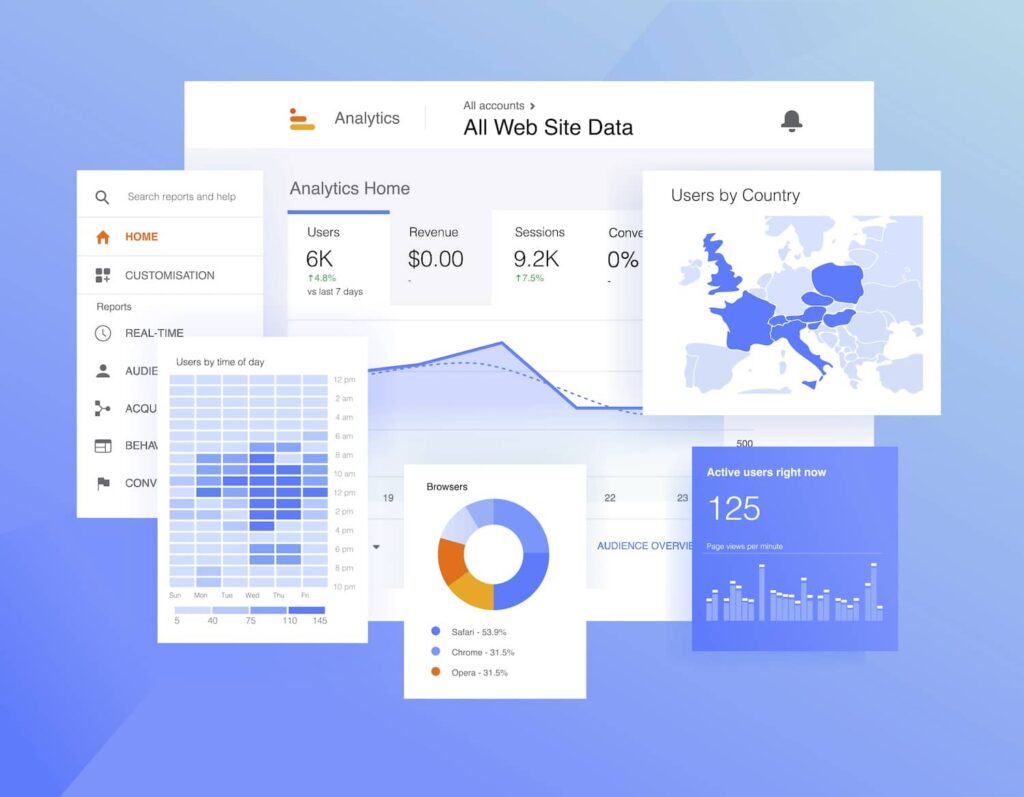The Function of Secondary Dimensions in Google Analytics: Interpretation and Insights for Advanced Information Evaluation
The Function of Secondary Dimensions in Google Analytics: Interpretation and Insights for Advanced Information Evaluation
Blog Article
Introducing the Influence of Second Dimension in Google Analytics on Information Analysis and Insights
In the realm of information analytics, the usage of secondary measurements within Google Analytics has actually become a critical device for drawing out deeper understandings and unraveling complicated patterns that could or else remain covered. By peeling back the layers of key information collections, additional dimensions use a nuanced point of view that enriches the understanding of individual behavior, web site performance, and the performance of advertising strategies. The real effect and untapped potential of second dimensions are typically ignored, outweighed by the appeal of main metrics. As we navigate via the intricate landscape of data evaluation, the relevance of additional measurements comes to be increasingly obvious, clarifying vital information that hold the trick to informed decision-making and tactical optimizations.
Exploring the Concept of Secondary Dimensions
Secondary dimensions in Google Analytics provide added understandings by permitting individuals to examine main information in conjunction with a secondary characteristic. By including secondary measurements, users can delve much deeper into the data and reveal important relationships that may otherwise go unnoticed - what is a secondary dimension in google analytics.
Comprehending the idea of second measurements is critical for taking full advantage of the potential of Google Analytics. It allows users to sector data successfully, recognize patterns, and make informed decisions based upon an extra complete photo of their analytics data. By exploring the different additional measurements readily available in Google Analytics, users can unlock brand-new insights and optimize their electronic marketing efforts. Essentially, second measurements function as a powerful tool for improving data analysis and driving actionable outcomes.
Enhancing Information Analysis With Second Dimensions
Having actually developed the fundamental understanding of second measurements in Google Analytics and their crucial duty in information analysis, the emphasis currently shifts towards leveraging these second features to improve the analysis of analytics data (what is a secondary dimension in google analytics). By incorporating second measurements into information evaluation, analysts can gain much deeper insights right into customer habits, site performance, and advertising efficiency

Moreover, second dimensions help in contextualizing key data metrics by offering added layers of info. This contextualization aids in understanding the 'why' behind the data trends, aiding analysts make educated optimizations and choices to boost general efficiency. Eventually, including additional dimensions improves the data analysis process, resulting in more significant insights and critical actions.
Revealing Hidden Insights With Secondary Measurements
Checking out the midsts of analytics data with additional dimensions discloses important understandings that would or else stay obscured. By integrating additional dimensions in Google Analytics, organizations can unearth hidden patterns, patterns, and relationships that offer an even more extensive understanding of customer behavior and web site efficiency. These additional layers of data allow analysts to dig much deeper right into the primary measurements, such as web traffic sources or landing web pages, and acquire an extra nuanced perspective on exactly how various variables interact with each other.
Via the usage of secondary dimensions, analysts can sector and contrast data across different measurements, enabling them to recognize specific elements that influence user involvement, conversion prices, and total success metrics. As an example, by matching the primary measurement of 'tool group' with the second measurement of 'age,' marketers can pinpoint which age demographics choose accessing the site with mobile devices versus desktops. This degree of granularity empowers services to make data-driven choices and enhance their techniques for better results. Eventually, revealing surprise understandings with second measurements boosts the deepness and accuracy of information analysis, causing more informed decision-making and boosted efficiency outcomes.
Leveraging Additional Measurements for Actionable Analytics
Building upon the understandings revealed via secondary dimensions in Google Analytics, companies can click site currently harness this enriched data landscape to drive actionable analytics and calculated decision-making. By leveraging additional measurements, organizations can dig much deeper right into their go right here data to draw out valuable patterns, patterns, and correlations that might have formerly gone unnoticed. This deeper degree of evaluation makes it possible for services to gain a much more thorough understanding of individual behavior, project performance, and general web site performance.
One trick advantage of utilizing additional measurements for actionable analytics is the capability to sector data based on details requirements. This division enables businesses to tailor their methods and projects to different target market teams, bring about much more targeted and reliable advertising efforts - what is a secondary dimension in google analytics. Furthermore, second dimensions provide a more holistic view of individual interactions, enabling companies to enhance their web site web content, layout, and total user experience
Taking Full Advantage Of Decision-Making With Second Measurements
To boost critical decision-making in analytics, leveraging second measurements in Google Analytics can give an extra nuanced viewpoint on customer behavior and campaign performance. By integrating additional dimensions into data analysis, services can delve deeper right into the specifics of their internet site visitors' communications and interaction patterns. This extra layer of info allows for a much more detailed understanding of exactly how different variables, such as demographics, devices, or website traffic sources, influence crucial performance indicators.

Verdict
In conclusion, using secondary dimensions in Google Analytics plays an important role in improving data analysis and discovering hidden insights. By discovering this idea, one can get a deeper understanding of customer habits and make educated choices based upon workable analytics. Leveraging secondary dimensions permits a more comprehensive interpretation of data and optimizes the performance of decision-making processes.

Report this page